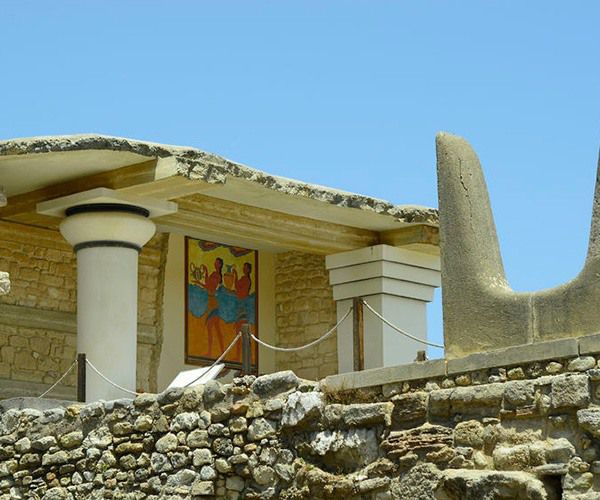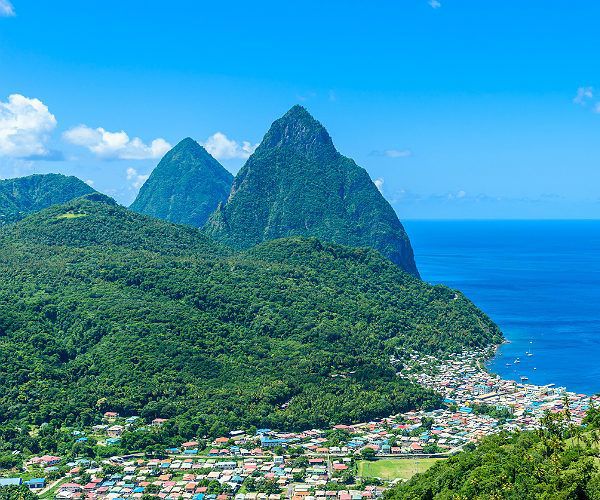
The Panama Hotel opened in August of 1910, a five-story brick building of single-occupancy rooms for laborers built at 605 South Main Street in Seattle’s International District, which was then known as the city’s nihonmachi—Japan Town (literally translated to “Japanese street”).
Designed by Seattle’s first architect of Japanese ancestry, Sabro Ozasa, with the intention of housing Japanese laborers who lived and worked in the area, its ground-level businesses included a laundry, a tailor, a dentist, a bookstore, a billiards room, and a sushi restaurant. It also catered to fisherman who were en route or returning from Alaska. Ozasa was a graduate of the University of Washington and built several other commercial buildings in the neighborhood, such as the local branch of the now-defunct Yokohama Specie Bank, which was demolished to make way for Hing Hay Park in 1975.
The Panama Hotel also provided a full-service traditional Japanese-style sento or public bathhouse, which is still intact in the building’s basement to this day—and is the only surviving such bathhouse in the United States. Because most homes didn’t have private bathing facilities, the Hashidate-Yu, as this sento was named, provided an important resource for families in the area, with a separate bath for men and another for women and children. It also served as a place for social gatherings—a kind of community center. The sento is unusually well preserved today, to a high degree of integrity.

Takashi Hori was the owner of the Panama Hotel in 1942, when, just months after Pearl Harbor was bombed, some 120,000 of the West Coast’s Japanese and Japanese-American residents were given weeks or sometimes days to pack before they were sent to internment camps, per President Roosevelt’s Executive Order 9066. Limits were severe on what they were allowed to take with them. As Seattle’s Nikkei—immigrants from Japan and their descendants—were forced to leave their entire lives behind, many approached Hori and asked if they could keep their important possessions in the basement of his hotel, and he agreed. Soon, the space was filled with these people’s steamer trunks.
Hori himself was incarcerated later the same year at the Minidoka Relocation Center in Idaho until the war ended in 1945, when he returned to Seattle to continue operating his hotel—with more than 50 trunks still stored in the basement. (An acquaintance of Hori’s had kept an eye on the property in his absence.) Some Nikkei came back for their belongings. Others never did. Hori made several attempts to try to locate their owners, to varying degrees of success.

Jan Johnson bought the Panama Hotel from Hori in 1985 with the intention of preserving it, and for decades, she left the basement just as she found it, full of dusty trunks, nothing moved since 1942. She made efforts to contact their owners, as Hori had, and later fashioned a small museum in the hotel’s basement from some of the items left behind: old photographs, an old overcoat with a fur collar, a set of golf clubs, a child’s plaster cowboy gun holster.
In 2001, Johnson opened the Panama Hotel Tea House on the main floor of the hotel, intended as a gathering place, as the sento had once been. The exposed brick walls are hung with large black-and-white photos depicting busy scenes at the hotel during the first half of the century: launderers working, the bookstore, a pre-war parade. There’s a window built into in the floor, so that the Hashidate-Yu baths can be viewed by customers, and tours of the sento’s century-old marble baths are available upon reservation—replete with the trunks and foot lockers still hanging around.
In the early 2010s, representatives from the Japanese American National Museum in Los Angeles came to town and went through most of the trunks, documented their contents, put everything back, so most of them are packaged in bubble wrap now. Like those displayed in the museum, the bulk of the items turned out to be of the everyday sort: a pair of ice skates, a bottle of wine, bowls, books, lots of family photos. Johnson has loaned some of the items out for display at the JANM as well as the Ellis Island National Museum of Immigration.
The building was designated a National Historic Landmark in 2006 and declared a National Treasure by the National Trust for Historic Preservation, a distinction that only 60 sites in the United States can boast. The landmark status, while nice, doesn’t necessarily protect the building or ensure its preservation. But National Treasure status recognizes that the building is not only historic but rare—and endangered—and it means the National Trust is taking action to preserve it and promote its stories.
Fortunately, the Wing Luke Museum of the Asian Pacific American Experience and public development authority Historic Seattle also participate with Johnson in this endeavor and are helping Johnson search for a new buyer and future steward for the hotel’s historic—and physical—preservation. It’s been for sale since 2016.

The effort was additionally helped by the 2009 novel Hotel on the Corner of Bitter and Sweet by Jamie Ford, a fictional account of a Chinese-American boy who lived in the ID in the 1940s, fell in love with a Japanese-American girl, witnessed her family and countless others being sent to camps, and watched over her belongings at the Panama Hotel. The book became a New York Times Bestseller, found a worldwide audience and was printed in 34 languages.
A full-length documentary by Seattle-based Big Story Group, The Panama Hotel Legacy, is also currently in production; you can watch a 10-minute preview, packed with lots of those lush old photographs, here. Per the film, architectural historian Michael Sullivan of the University of Washington describes the experience of the Panama Hotel beautifully: “It’s like picking up a diary a hundred years ago and not having a page missing, not having the ink faded. You can read it and almost hear the voices coming out of the writing in the diary. That kind of integrity in a historic building is just such a rarity … it really is an unusual thing.”

Despite its iconic status, the hotel itself is actually still in operation as a working hotel, for the purpose it was originally designed, via its third-floor lobby, offering spartan rooms equipped with small sinks and white linens. (Reportedly, everything is pretty much unchanged from 1910, so caveat emptor.)
If you feel like chipping in to the preservation cause, maybe go down to the tea house, get a hojicha latte, take the tour, and learn a little bit about the history of one of Seattle’s immigrant communities. Especially, perhaps, in light of current events surrounding deportations, presidential decrees, and history seemingly repeating itself.


